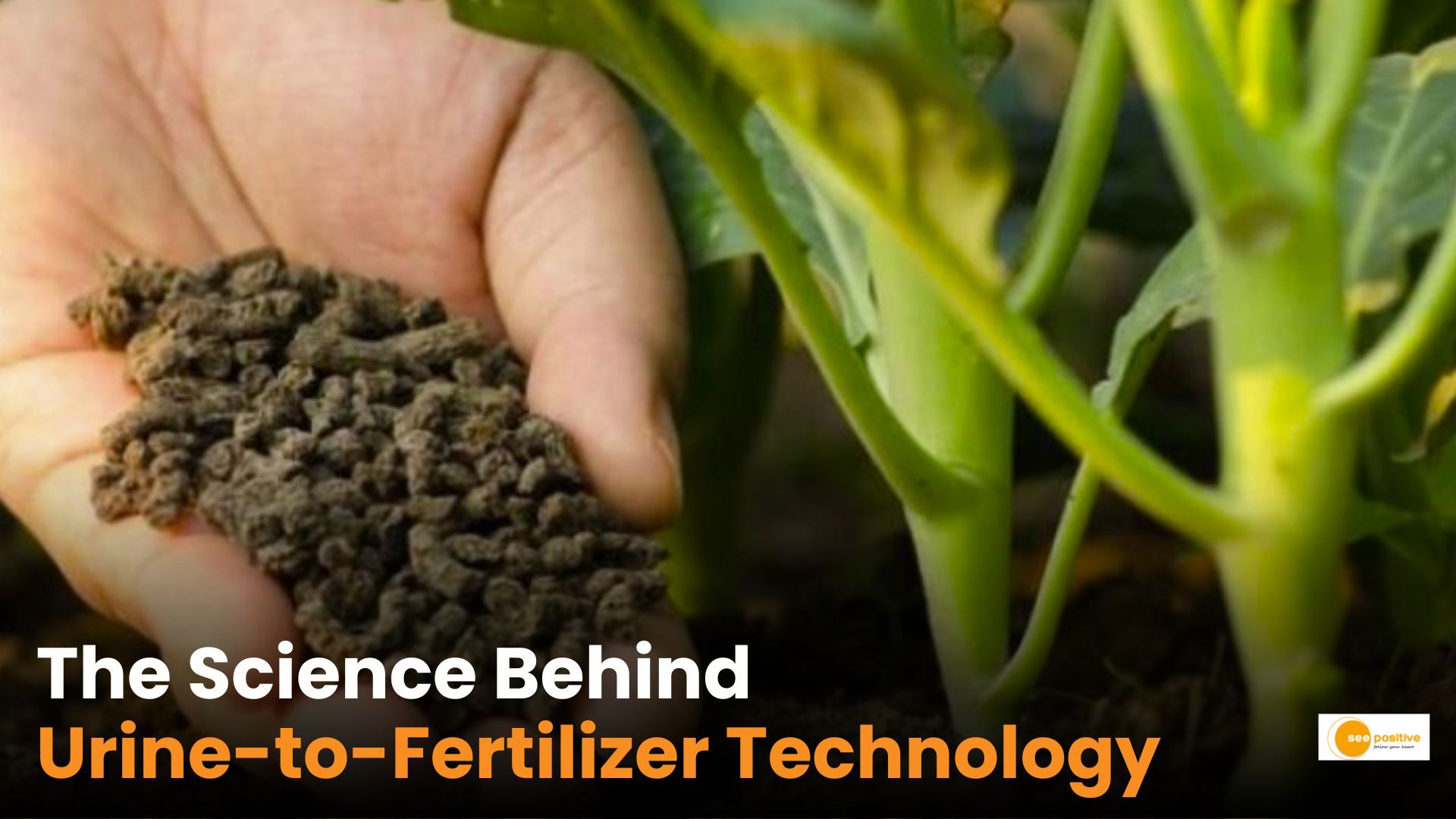There is a recent innovation which converts urine into plant fuel. Its an exciting and futuristic development in both wastewater treatment and sustainable agriculture. The process of converting urea from urine into percarbamide offers significant benefits in several key areas. In this article, know the far reaching benefits of this green electrochemical process.
The sustainable conversion
Urine contains a significant amount of urea, a compound that is a natural byproduct of protein metabolism in the human body. Scientists have created an electrochemical method to extract urea from urine in a solid form. The conversion of urea into percarbamide involves a chemical reaction where urea is treated with hydrogen peroxide. The result is percarbamide which contains both urea and peroxide in the same compound.
This Electrochemical processes are clean, efficient, and relatively low-energy compared to traditional methods, making them ideal for environmental sustainability.
Fertilizer with Slow Nitrogen Release
Percarbamide offers multiple advantages for both agriculture and wastewater treatment. Unlike traditional urea-based fertilizers that release nitrogen quickly, percarbamide releases nitrogen slowly over time. This is ideal for promoting sustained crop growth and avoiding the environmental issue of nitrogen leaching (where nitrogen runs off into water systems, leading to pollution). The controlled release of nitrogen helps improve root respiration, promoting healthier plants and more efficient nutrient uptake.
Wastewater Treatment
By recovering urea from urine, this process helps cleanse wastewater, reducing ammonia and nitrogen loads, which are major contributors to water pollution. This could be particularly useful for urban wastewater systems, where large amounts of urea are present in sewage. Also, it is converting waste (urine) into a resource for agriculture. It also ensures that nitrogen doesn’t escape into the environment in harmful forms (like ammonia or nitrates).
Environmental Sustainability
By reducing reliance on synthetic fertilizers, which are energy-intensive to produce and can harm the environment, percarbamide offers a much more sustainable alternative. It also promotes the circular economy model, where waste is repurposed into valuable products, contributing to sustainable agriculture and wastewater management.
Potential Applications Impacts
The process supports resource recovery from human waste, aligning with efforts to reduce waste and promote environmental stewardship in urban areas.
Farmers could use percarbamide as a more eco-friendly alternative to conventional fertilizers. Its slow-release nature would be beneficial in reducing the frequency of fertilizer application and minimizing environmental damage from over-fertilization.
Cities could implement this method to recover urea from wastewater systems, reducing the burden on treatment facilities and helping to meet sustainability goals.
A Sustainable Future
This development has the potential to create a win-win situation where wastewater can be treated, nutrients are recovered, and sustainable agricultural practices are promoted. It also aligns with global efforts to reduce chemical fertilizer dependence and close the loop on the nitrogen cycle, reducing pollution and improving environmental health.
Positive Takeaway
This development could have far-reaching effects in promoting sustainable urban water management and enhancing agricultural sustainability, addressing global challenges such as food security and water pollution.


